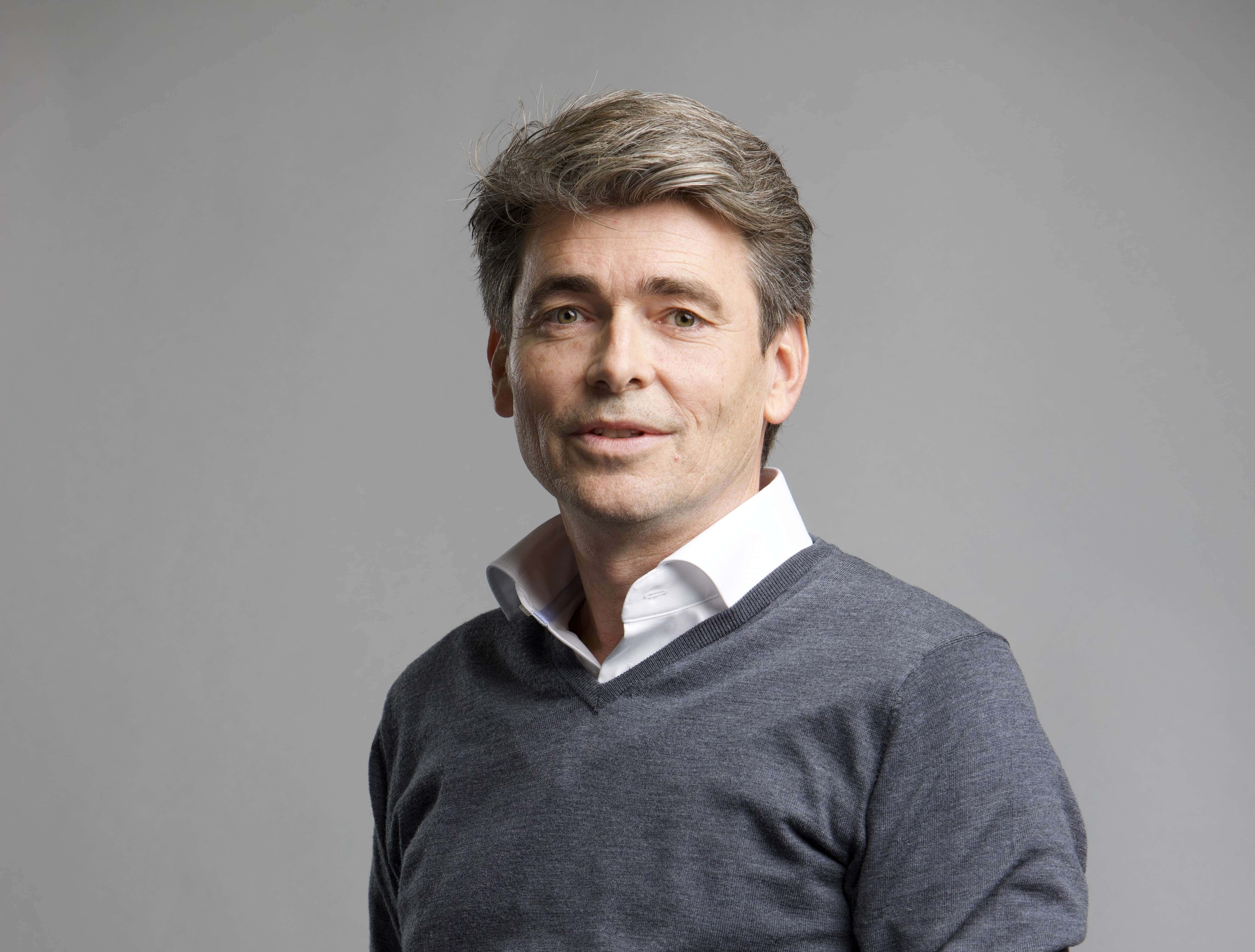
It depends a bit on which study you pick up, but on average, the success rate of a start-up is estimated at about 20%. So eight out of ten start-ups fail. In some categories, such as deeptech and MedTech, the odds are possibly even worse. This has everything to do with the long lead times: the period between ideation and break-even must be bridged with a series of investments.
The more complex the machine and the more complicated the regulations for a market launch (especially in the medical industry), the more difficult it is for start-ups to find investors for that bridging time.
After all, if the construction process is long, there are many more factors affecting progress, and it becomes more difficult for an investor to assess the chances of success properly. Moreover, it is not only about their risk appetite but also about a good understanding of the product itself. Simply put: what does it take actually to build and market the intended product? An investor is more likely to understand what it takes to create a new app for a hotel service than a surgical robot that can remotely operate on people, a scanning device that can determine the contents of a container at the atomic level with a barrage of neutrons, or a laser to replace fiber optics.
Dime on its side
Microsure, Dynaxion, and Aircision – that’s what we’re talking about in the examples above – are exponents of hardware start-ups from the Brainport region that constantly have to talk their hearts out to make it clear to investors how important their innovations are. That this is not always successful is logical. It’s often a dime on its side, where the persuasiveness of the founder is at least as crucial as more substantive aspects such as team composition, market opportunities, and technical specifics.
Lightyear suffers significantly from this as well. Of course, everyone can broadly picture the product envisioned by Lex Hoefsloot and his 600-plus employees. We all drive cars and therefore know enough examples to feed our imagination. In that sense, it was easier for Lightyear than, say, Dynaxion to put the dream goal in front of potential backers. But aside from that, the chances of getting them to pull out their wallets in sufficient numbers remain low. Even in the automotive sector, success stories – à la Tesla – are exceptional. And that is especially true if you want to reinvent the wheel with your product, literally. Because Lightyear may be best known for its solar cells, but the drive in the four wheels is at least as groundbreaking as the panels on the roof.
Perfect is the enemy of good
And with that, we mention just two of the technological marvels Lightyear had in store. The machine conceived in Helmond is full of them, and some say that this aspect bothered the start-up. Perfection is sometimes the enemy of the good: by continuing to fiddle with further improvements to your idea before anything is sold, you automatically make the window of success smaller. After all, there’s always something to improve, and you’ll never get to market that way. Lightyear’s accumulation of delayed launches over the past few years also indicates this: the first car should already have been delivered to the first buyer over two years ago. Ok, Lightyear is not unique in this (Elon Musk never kept his delivery promises with Tesla either), but that doesn’t make it any less of a problem.
Just for the record: using the past tense in this article does not mean Lightyear has thrown in the towel altogether. Still, things are not looking good at the moment. Today bankruptcy was declared on most of Lightyear’s operations. The Model-0 is no longer being built, and it remains to be seen whether the successor (Model-2, a much cheaper version for consumers) will ever be. There are discussions with potential new investors who want to take over all or parts of the estate. So again, it will come down to the powers of persuasion of Hoefsloot and his trustee.
Rescued by the region
MT Sprout already showed that there are roughly four scenarios, some more realistic than others. One of those scenarios (cooperation, possibly with VDL) touches on another option: to be rescued by the region. After all, the luck of the draw is that Lightyear is part of perhaps Europe’s closest high-tech ecosystem: Brainport Eindhoven. With companies such as Philips, ASML, VDL, NXP, and Prodrive, this region not only has a great deal of experience with the deep-tech manufacturing industry but has also demonstrated above-average success rates for start-ups. Innovation Origins and Strategy Unit investigated the development of former Gerard & Anton Award winners last summer and determined that their success rate was not 20% or lower but somewhere around 75% (download the entire report here – in Dutch).
In addition to Lex Hoefsloot’s tongue-lashing, Lightyear might also enjoy the strength of the value chain of manufacturing companies in its immediate vicinity. Unrealistic? It’s been done before: ASML, founded in 1984, had an acute money problem in 1992. Bankruptcy was very close. Philips turned out to be the savior: with a loan of 36 million guilders, ASML was pulled through the valley of death. Times have changed, also financially; Lightyear’s industry peers, such as Faraday Future, Rivian, and Fisker, show that investments are currently rather in the billions.
Steamy anecdotes
That does not alter the fact that this scenario will live in full force in the minds of Lightyear’s 600-plus employees. Soon we will see if the same applies to the top regional executives, who will also want support from Invest-NL for their possible enthusiasm. The fact that the current mayor of Eindhoven once founded this fund is – in case of a successful continuation – already suitable for a few steamy anecdotes in, say, ten years from now.







